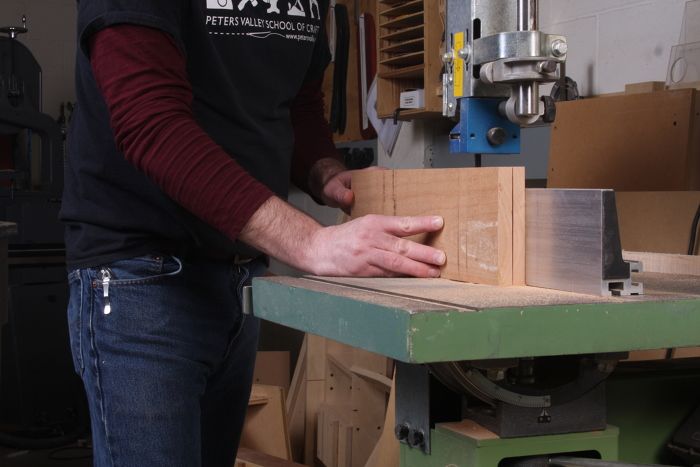
I’ve done a fair amount of resawing to create shopsawn veneers, and four corner matches for boxes and cabinets. When it comes to bookmatching the grain so that the two new boards look like mirror images of one another after resawing (whether that’s along the edge for a panel, or end to end for a box) the number one rule (I learned it through lots of mistakes) is to remove as little material as possible from the resawn faces. The less you remove, the better the match. This is why I handplane the resawn faces.
However, before you even resaw the board there’s something you can do to improve the quality of the bookmatch: Look at the board’s end grain. The closer the grain is to vertical (to being truly quartersawn), the better the bookmatch will be. This means that flatsawn boards result in the poorest bookmatches. Riftsawn boards result in better bookmatches, but quartersawn boards result in the best ones. The photos above show this dramatically. Look at the them in this order: down the left hand colum, and then down the right hand colum. (Admittedly, the quatersawn bookmatch example is the hardest to read of the three, because of the ray fleck.)
The reason that quartersawn boards are so good for bookmatches is that their grain runs perfectly straight up and down through the board’s thickness. So, when you cut it in half, the two new faces have the exact same grain pattern on them. The grain lines are in the same location relative to the edge of the board, and are the same distance apart from one another. When you cut a flatsawn board in half, the two new faces will not have the same pattern on them. This is easily seen in the size of the cathedrals on the two faces. Looking at the board’s endgrain, you can see how the arced grain lines slope very quickly from the middle of the board to the edge. As a result, on the face where the lines are futher apart, the cathedral will be wider than the cathedral on the face where the lines are closer together.
I know that there are tricks for getting the flatsawn bookmatch to look better, but those will work better if you start off with a board that gives you the best chance. So, if you want to use a flatsawn board for the cathedrials, choose one that very tight arcs on the endgrain.

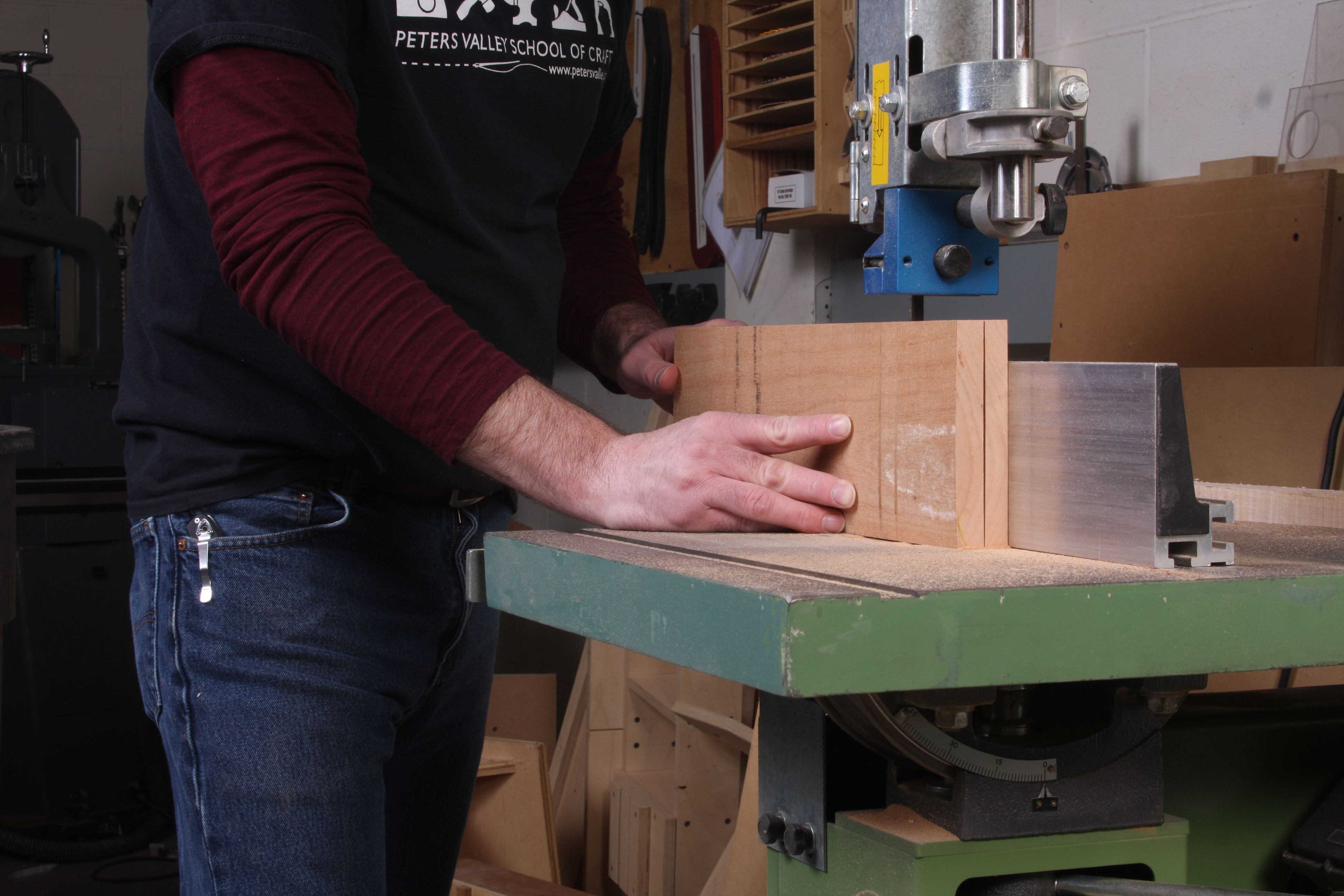
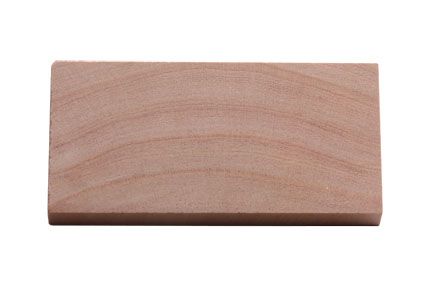
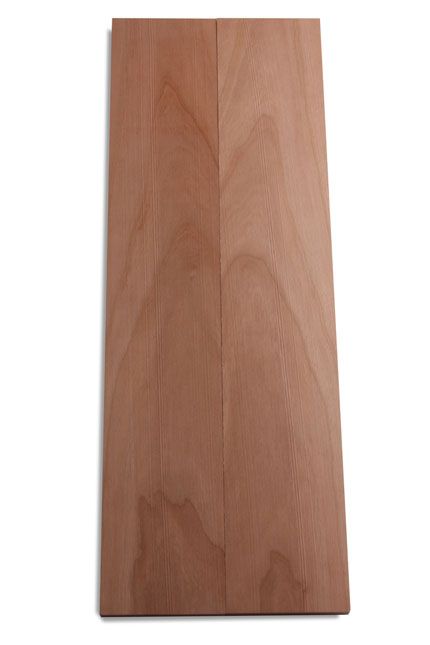
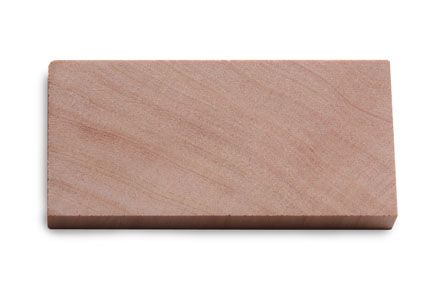
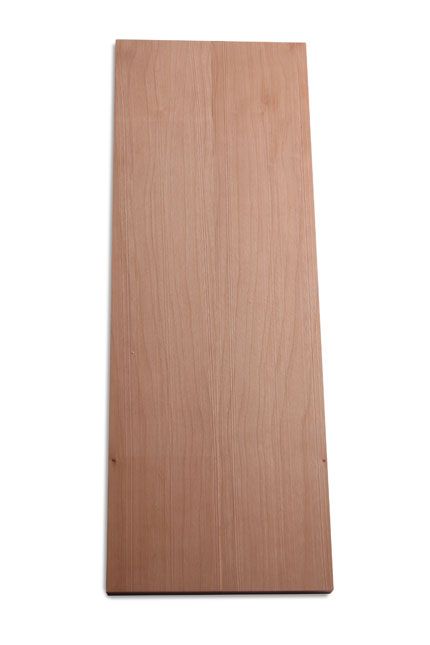
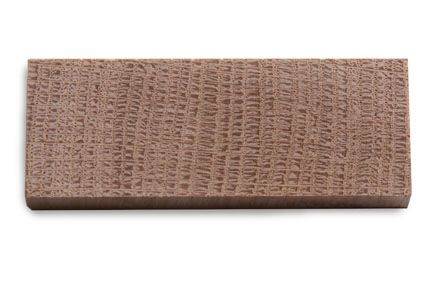








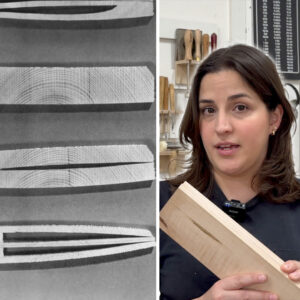

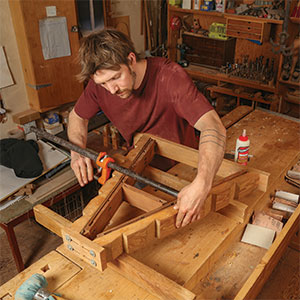












Comments
To see what the modern masters of bookmatching can do, just search for "guitar backs". These instruments can be 16-17" across, so they are resawing a board wider than 8". You want as close to quartersawn as possible not just for the bookmatching, but for stability and sound. They start with split quarters and eighths of a log for the best grain with the least runout. The best of them can get 2 bookmatched pieces out of a 5/16" thick board. Most of them tend to thickness sand which leaves no possibility of tear out. As you said,the thinner the kerf and the more vertical the grain, the better the match.
nice
Nice post
Too good.
awesome work keep it up
i really love to do this
Thumbs up
i really appreciate your work
very nicely done
excellent
thank you so much for sharing this
just great
superbb
awesome
You do make a different things
modern design
Log in or create an account to post a comment.
Sign up Log in